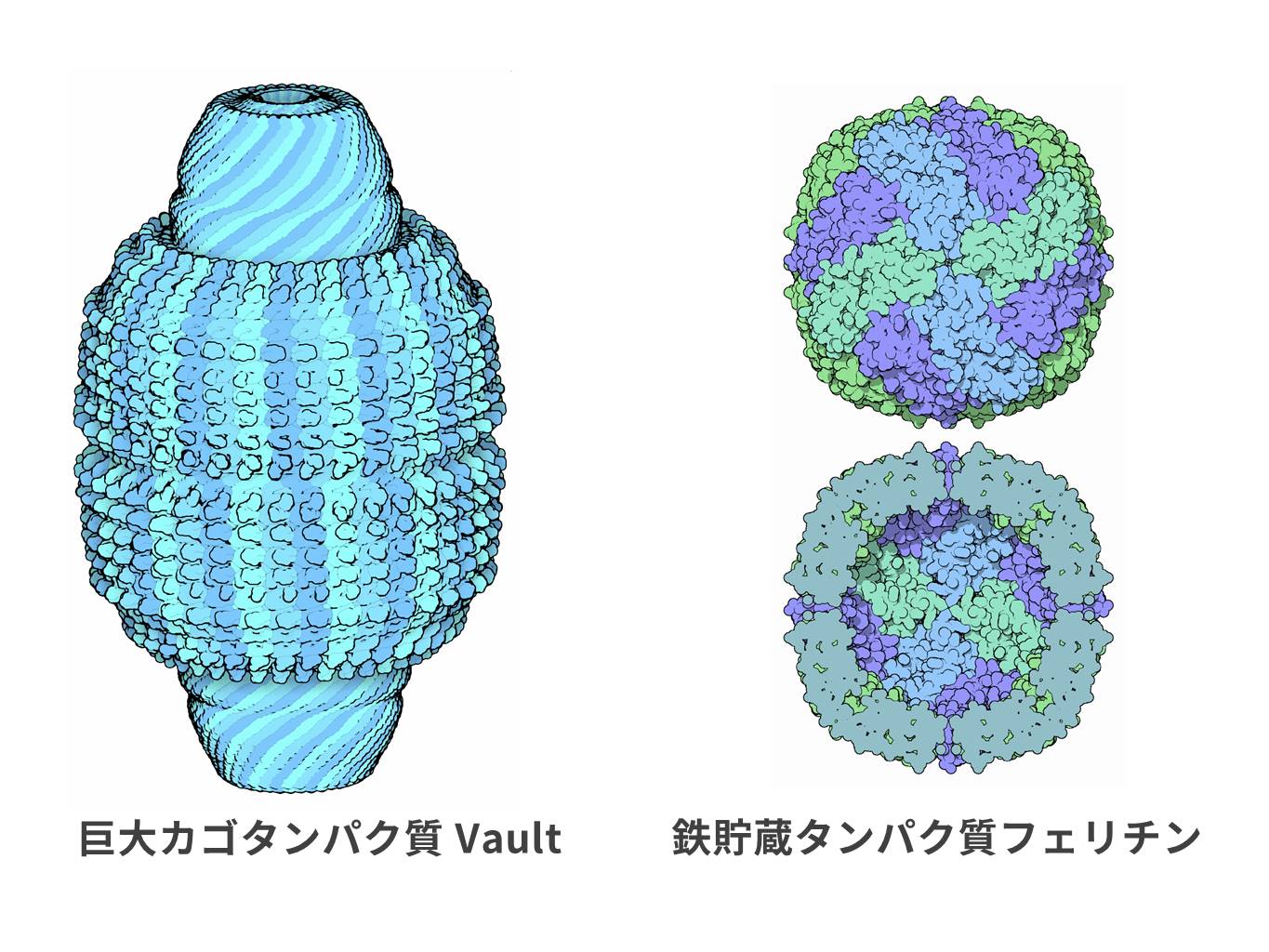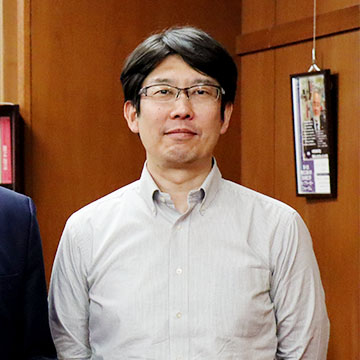Cell Bioligy
International Collaboration Research Project on Sustainable Functional Protein Materials
Research Summary
Recently, the development of novel functional materials that can be sustainably produced and overcome various environmental, and aging problems has become essential. Such materials could be applied in high-technology fields, such as the space industry. We have organized an interdisciplinary collaboration group with the aim of achieving a basic understanding of functional protein materials and their potential applications. This work will be conducted in four parts: (1) protein engineering and applications (Nam, Lim), (2) synthesis of artificial proteins (Ueno, Pentelute), (3) high resolution structural analysis (Ueno, Mazumdar), and (4) mathematical biology and molecular dynamics (Lu, Xia). We will establish innovative functional biomaterial technologies centered on our work here at the WRHI.
- Protein engineering and applications
Protein engineering has become a common practice in many fields of science, but the engineering of extremely large proteins with molecular weights up to millions of Daltons is very difficult. We are working to develop huge cage-like protein structures that could be used in the transportation of substances, storage of synthetic molecules or as nanoreactors through their functionalization. - Synthesis of artificial proteins
In order to add a new function to a protein, it is sometimes sufficient to introduce a non-natural site, but this approach often results in problems maintaining the selectivity and efficiency of the modification, as well as negatively affecting the stability of the modified protein. We will use organic synthesis to establish new bioconjugation technology. - High resolution structural analysis
High resolution X-ray crystal structure analysis and cryo-electron microscopy have been developed to obtain detailed structural information from large proteins. However, this technology does not yet allow us to understand the protein assembly process or the dynamic behavior of large proteins. In this project, we will investigate the dynamic functions of proteins by various physical chemistry measurements, including high speed atomic force microscope and native mass spectrometry. - Mathematical biology and molecular dynamic simulation
We have succeeded in the in-silico simulation of small proteins dynamics in pilot experiments, but it is still difficult to understand theoretical functions of huge proteins due to the need for large amounts of processing power. In this research, we aim to simulation large protein functions by various coarse-grained models and all-atom simulation on Tokyo Tech’s super computer, TSUBAME 3.0.

Bioinorganic chemistryBionanomaterialProtein engineeringSupramolecular biomaterial


